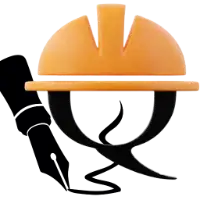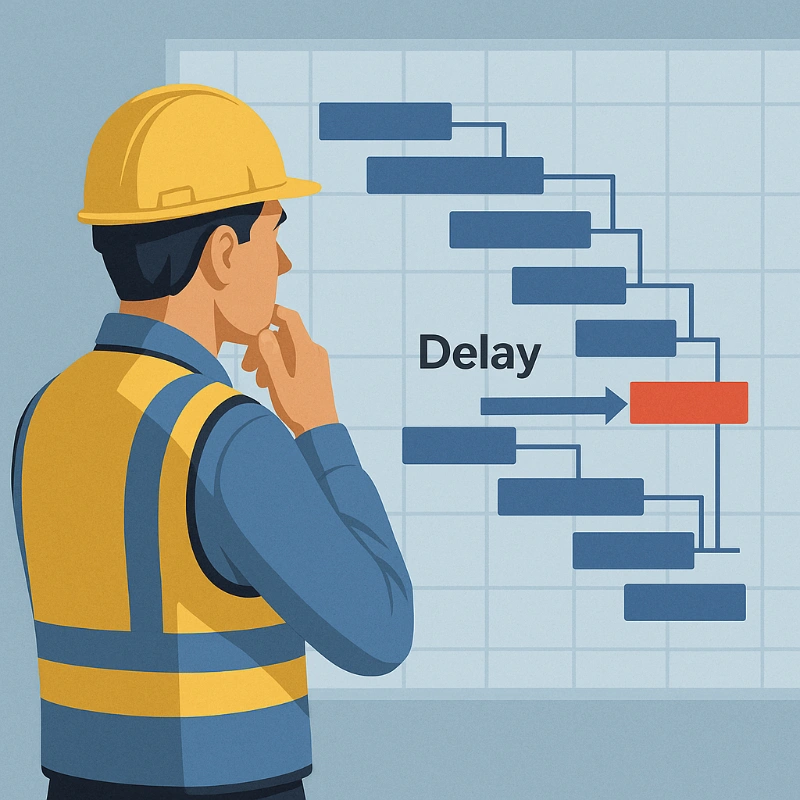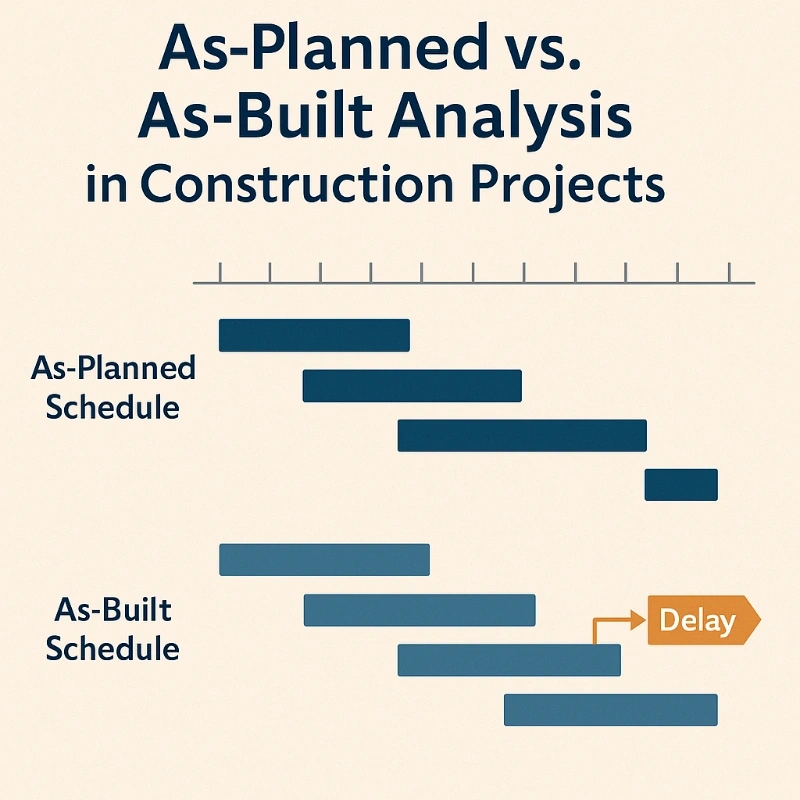Impacted As-Planned Analysis in Construction Projects
Introduction
Impacted As-Planned (IAP) is a prospective delay analysis method that forecasts the effect of inserted delay events on a construction schedule. It is typically applied early in a project to support entitlement-based claims for an Extension of Time (EOT). Unlike methods that consider actual progress, IAP uses only the baseline schedule to simulate the delay’s impact.
1. What Is Impacted As-Planned?
This method involves inserting "fragnets"—small groups of delay-related activities—into the original as-planned schedule to assess how delays would affect completion if they occurred as anticipated. It focuses on delay entitlement rather than forensic precision.
2. How the Analysis Works
Step 1:
Collect the baseline (as-planned) schedule.
Step 2:
Identify delay events requiring analysis.
Step 3:
Insert fragnets at appropriate locations within the schedule.
Step 4:
Recalculate the schedule using CPM to determine impacts on the completion date.
This structured approach simulates how specific delays would have disrupted the original plan, helping justify an EOT.
3. Step-by-Step Case Example
Original baseline: 12-month project.
Delay event: "Late Design Approval" inserted as a fragnet at Activity "Foundation Design" (30-day delay).
Result: The recalculated schedule shows a project finish at Month 13, justifying a 30-day EOT request.
This simulation illustrates how a single owner-related delay can shift the critical path.
4. When to Use This Method
-
At the start of a project when progress data is minimal
-
When the claim is focused on entitlement rather than quantification
-
In cases involving client-side delays, force majeure, or design approval lags
5. Comparison with Other Methods
| Method | Type | Application Stage | Usefulness |
|---|---|---|---|
| Impacted As-Planned | Prospective | Early | Entitlement demonstration |
| Time Impact Analysis | Prospective | Ongoing project | More robust + schedule-based accuracy |
| As-Planned vs. As-Built | Retrospective | Post-completion | Forensically accurate |
6. Common Pitfalls & Mitigation
- Over-reliance on theory: IAP ignores real progress, which may invalidate conclusions.
- Fragnet logic errors: Incorrect links or durations reduce analytical reliability.
- Mitigation: Use contemporaneous records (delay logs, correspondence) to support assumptions.
7. Legal and Contractual Context
Courts and arbitrators accept IAP for early entitlement claims but scrutinize its assumptions.
-
Refer to SCL Delay & Disruption Protocol and AACEI RP 29R-03, which note its limitations in reflecting reality.
-
IAP is acceptable when no better data exists but should not be the sole basis of a major claim.
8. Contract-Specific Nuances
-
FIDIC (Clause 8.4): Supports EOT for excusable delays; IAP can justify entitlement.
-
NEC: Use under Compensation Events; records must show cause-effect logic.
-
Concurrency Issues: IAP may overstate entitlement in concurrent delay scenarios; additional analysis is required to apportion responsibility.
9. Best Practices
-
Use the most recent approved baseline.
-
Insert clearly documented fragnets with defined logic and durations.
-
Cross-reference inserted delays with delay logs, RFIs, or variation orders.
-
Run a Critical Path Method (CPM) recalculation.
10. Tools to Support Your IAP Claims
To help you build a strong and defensible delay analysis using the Impacted As-Planned method, we’ve prepared professional templates and guides tailored for construction delay claims:
-
✅ Construction Delay Log Template – Track delay events and link them to EOT claims.
-
✅ EOT Claim Submission Checklist – Ensure all contractual and evidentiary steps are covered.
-
✅ Daily Site Delay Report Sample – Capture delay incidents as they happen, with all relevant site conditions.
Conclusion
Impacted As-Planned is a valuable method for projecting delay impacts early in a project. When paired with proper documentation and legal awareness, it helps demonstrate entitlement with reasonable clarity. However, for more robust claims—especially those involving concurrency or complex causation—it should be complemented by more dynamic methods such as Time Impact Analysis.











